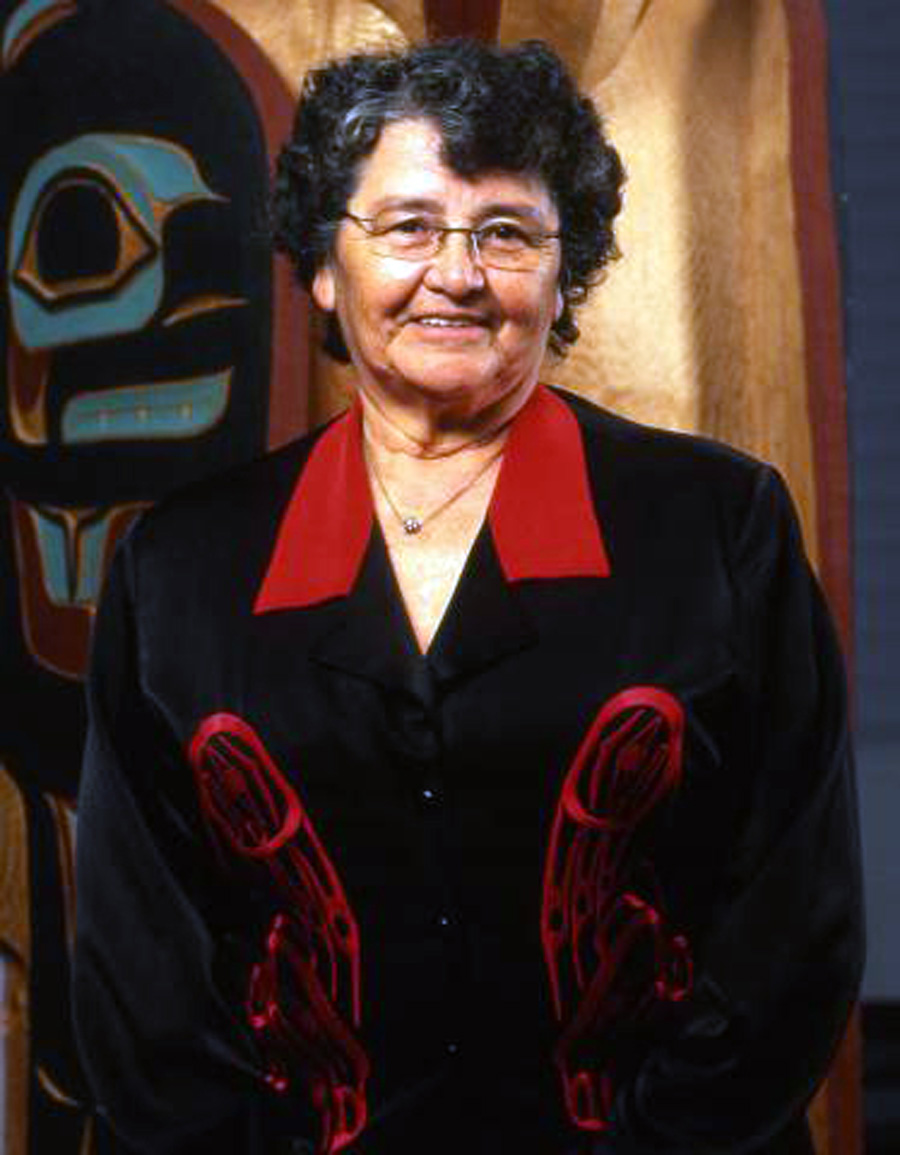

Marlene would become an integral part of the work toward Alaska Native land claims, which ultimately became ANCSA, regional and village corporations, and the landmark system it is fifty years later.
In recognition of 50 years since passage of the land claims known as the Alaska Native Claims Settlement Act, First Alaskans will be publishing stories throughout the year to share more voices, impacts, and stories about our peoples’ fight to hold onto our lands.
In DC we were lobbying in 1968, ‘69, ’70. At different times we’d go back when our congressional delegation would let us know that we should be there. I was good friends with Sen. Nick Begich, so I got to meet with him a number of times to pass on what we felt we had to have. He worked very closely with us, he worked very, very good on the passage of land claims from the very beginning.


A lot of our shareholders (that weren’t our shareholders then) didn’t understand what being a shareholder was. We had to do a lot of informational meetings and travel — all over Southeast, Anchorage, Fairbanks, Seattle — anywhere we had potential shareholders. It didn’t take long for those people with a little knowledge to help and understand us. It was an interesting activity.
It’s changed, all businesses change. We were first a timber business, and seafood. Those were two things that were natural to our people. We got into a seafood business and we were in it for a number of years and did very well. And of course timber, we formed Sealaska Timber. We did harvesting, plus we purchased the timber from the villages, or did contracts with them to cut their timber. It was a very involved activity for the first few years.
Interview with Marlene for ANCSA’s 30th Anniversary
Story from ANCSA’s 40th anniversary
For a lot of people that don’t have a lot of money, and don’t have year-round employment, particularly village people and Elders, the dividend is very, very important. It has a very important impact on their lives and their ability to survive.
And we have some people that worked really hard. I’m thinking of some that are still around, Aaron Isaacs out of Klawock, Gilbert Gunderson from Wrangell — these guys really worked hard in traveling around and meeting with people in getting what we needed with land claims done. And several of course that are gone now — Byron Mallott, Kahill, Richard Kito, Leonard, Roger Lang — there’s a whole load of them. These guys worked really hard. They’re gone, but their work is never going to be forgotten.

